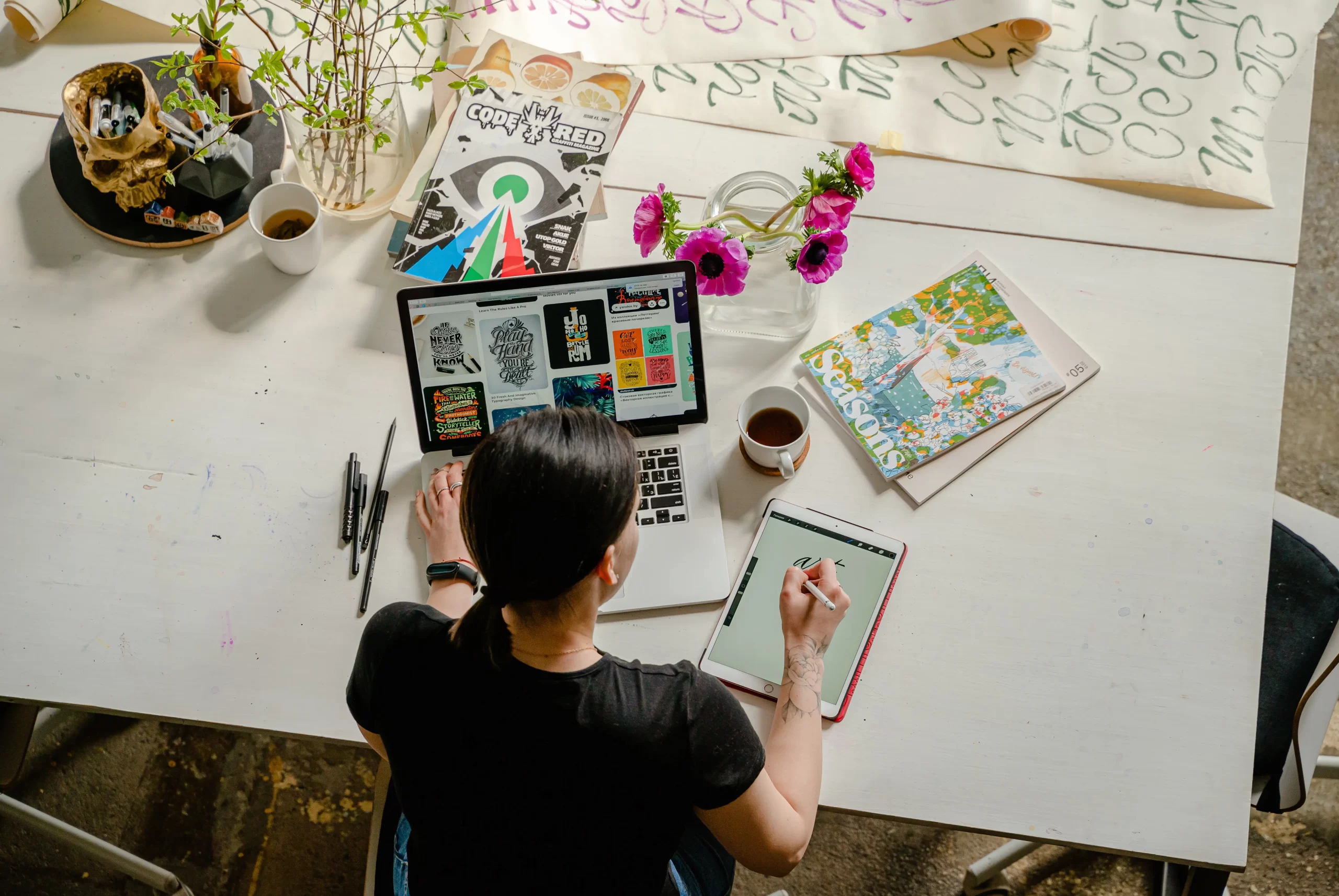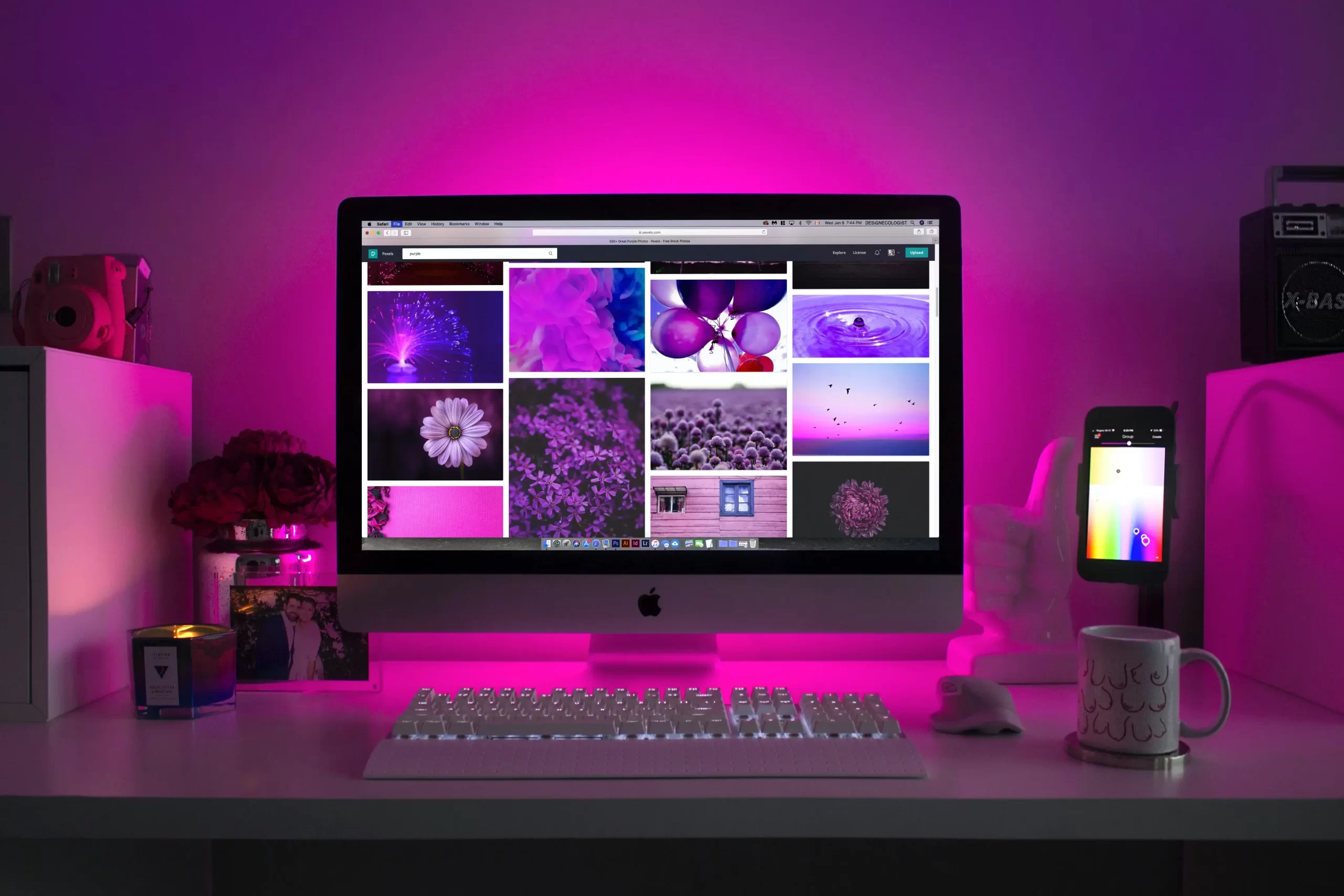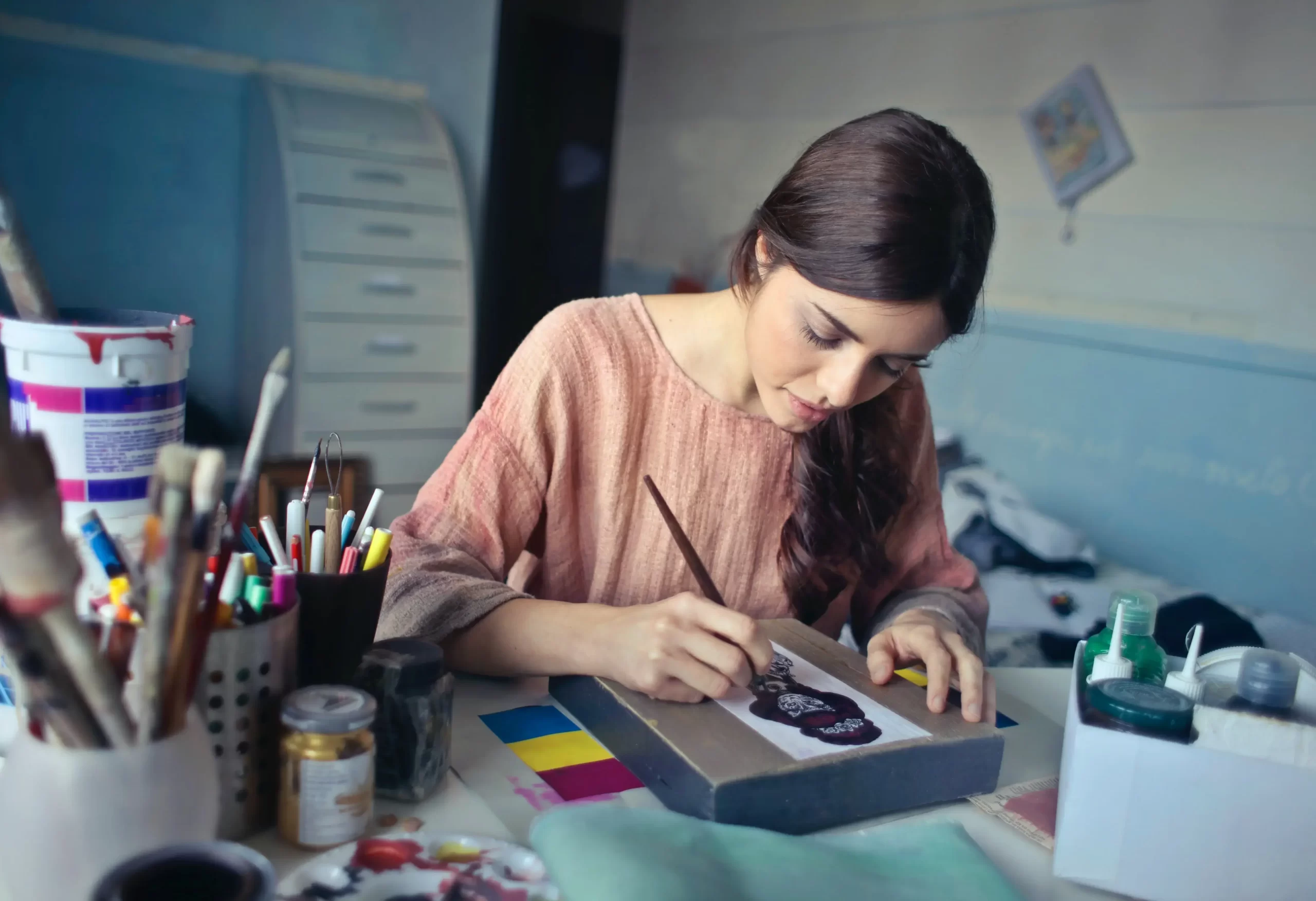How to Build a Graphic Design Portfolio for Beginners?
- Graphic Design
How to Build a Graphic Design Portfolio for Beginners?
Contact us
Bengaluru
Campus 1 : JD School of Design, No. 18-1, Brigade Road, Bengaluru,Karnataka – 560 001.
Campus 2 : No. 40, Swan House, 4th Cross, Residency Road, Bengaluru, Karnataka – 560001.
Goa
Musthtifund Saunstha , Near Mahalaxmi Temple,Dada Vaidya Road, Goa-403001
If you’re an aspiring student setting forth with graphic designing and or a self-starter looking to expand your practice, having an online graphic design portfolio is your most powerful weapon.
Not only is it a place for the designer to demonstrate their best work, but it is a place for clients to get in touch with designers, review their projects, ask questions, and get a sense of their approach and style.
As a graphic designer, having a visually stunning portfolio can help you stand out in the competitive and crowded domain, highlighting your unique style and creativity.
Even so, as a beginner, you must be stumped on how to make a graphic design portfolio.
Well, worry not! Let’s dive into what makes a great portfolio, as well as graphic design portfolio ideas that help you get started to make your own.
Putting Together the Graphic Design Portfolio for Beginners
Let’s break down the steps to create a compelling and attractive portfolio for beginners that help them attract potential clients:
1. Do a Bit of Research

Before you start putting together your creative portfolio design, how about engaging in a bit of research? Check out some graphic design portfolio examples and what those designers have done. Have they picked out a specific theme or probably a consistent colour scheme? What kind of project are they uploading? Have they stuck to a specialisation? How is their navigation playing out?
Taking it a step ahead, enquire: What doesn’t make their website attractive? Are you overwhelmed with too many project displays? Or do you feel something is lacking?
Considering other’s graphic design portfolio sample, come up with a list casting light on what features you want to add to yours and what things you wish to avoid.
2.Think About your Audience

If your graphic design portfolio doesn’t click with your intended audience, what’s the point of exerting yourself? With this titbit, ensure to picture your target audience as you design the portfolio to help guide your approach and choices.
Best graphic design portfolios are a great way to sell your work to a client or as part of the bid for a project. As such, if you’re trying to sell your design, consider adding a shop extension to your website. This way, visitors can buy your design without having to move to another website.
Even if you’re looking for a gig, make it easy for potential customers or clients to contact you by inserting an email form on the portfolio website. Additionally, if the people that you are targeting are in the advertising industry, let your portfolio showcase similar work samples, such as social media campaigns or billboard designs.
3. Pick the Right Template or Layout

The layout of the portfolio is pretty much everything. If the visitors don’t find your website attractive and accessible on the first go, they won’t make an effort to visit again.
As a newbie, don’t focus on making something really fancy to impress potential clients. Rather take the minimal route by picking a graphic design portfolio template with a white background or muted colours. It will do your work justice by presenting it simply and cohesively, complementing the beauty and intricacies of your design.
Choose a template that speaks to your professional and personal style. Make certain further that your portfolio is easy to navigate and user-friendly.
4. Highlight your Best Work

While you may think it’s a good idea to create as many content pieces for your portfolio as possible, it’s not always the case.
One of the best tips for designing a graphic design portfolio for beginners is to pick quality over quantity. As you dive into organizing your design portfolio, it’s important that you are picky about which work to include.
Be selective and mindful of the design work, as it represents your talent and will be a comprehensive space to learn more about you as a designer.
5.Categorize your Design Work By Type or Project

Breaking your design work down into relevant heads will make it easy for visitors to click through your portfolio to confirm your necessary experience and design approach to different projects. It is further an excellent way to highlight your competency to work around different design themes and reflect yourself as a well-rounded professional.
Make a list of all the design work that you have completed and will like to include in the portfolio site. Now see if they can be categorized by types such as branding, social media graphics, or marketing campaigns.
As such, when a client looks for a logo designer, for instance, they will be thrilled to learn that you can have an entire section dedicated to logos and other brand elements that you have created for various businesses.
6. Add Case Studies or Project Work

How do graphic designers showcase their work? Case studies are the most straightforward answer to this question. It gives the viewer a glimpse of how you think and approach a design project.
You can demonstrate how you take a project from idea to execution by showcasing the brainstorming process of a product design, perhaps raw sketches or mockups. This takes gives a clear picture to potential clients about you as a graphic designer which is more than stills of visuals could ever offer.
7. Include Bio & Contact Details

Make it pretty easy for clients to get in touch with you about projects or gigs by including a contact page with your relevant details, such as your mobile number or work email.
You can further expand on your work by adding an About Me Page with your CV or bio that sheds light on your professional background, inspiration, and personality.
Plus, link your portfolio to Instagram, Behance, LinkedIn, Facebook or other channels where you might share your work. Your social accounts are a great place to highlight your personal side as a designer and provide regular updates on your work to followers. This can even help to boost your online profile and enhance website traffic.
Wrapping it Up
Ready to build a stand-out graphic design portfolio that lands you work? Start with seeking out some inspiration and defining your target audience, and move forward with stunningly showcasing your expertise and experience.
Don’t forget to share your website, build your network, and keep it up to date!
If you’re more interested to learn about graphic design, opt for BSc. in Interior Design and Decoration from JD School of Design. The course informs students about design theories and principles, develops essential graphics and computer-aided skills with practical exposure, and aids in coming up with a creative design portfolio!
